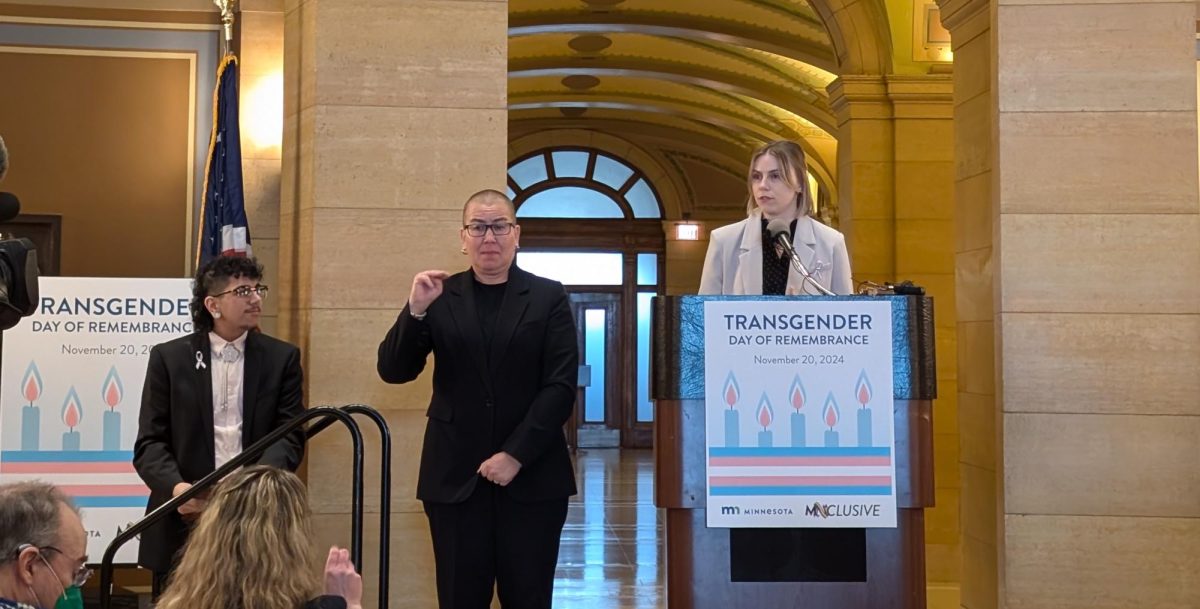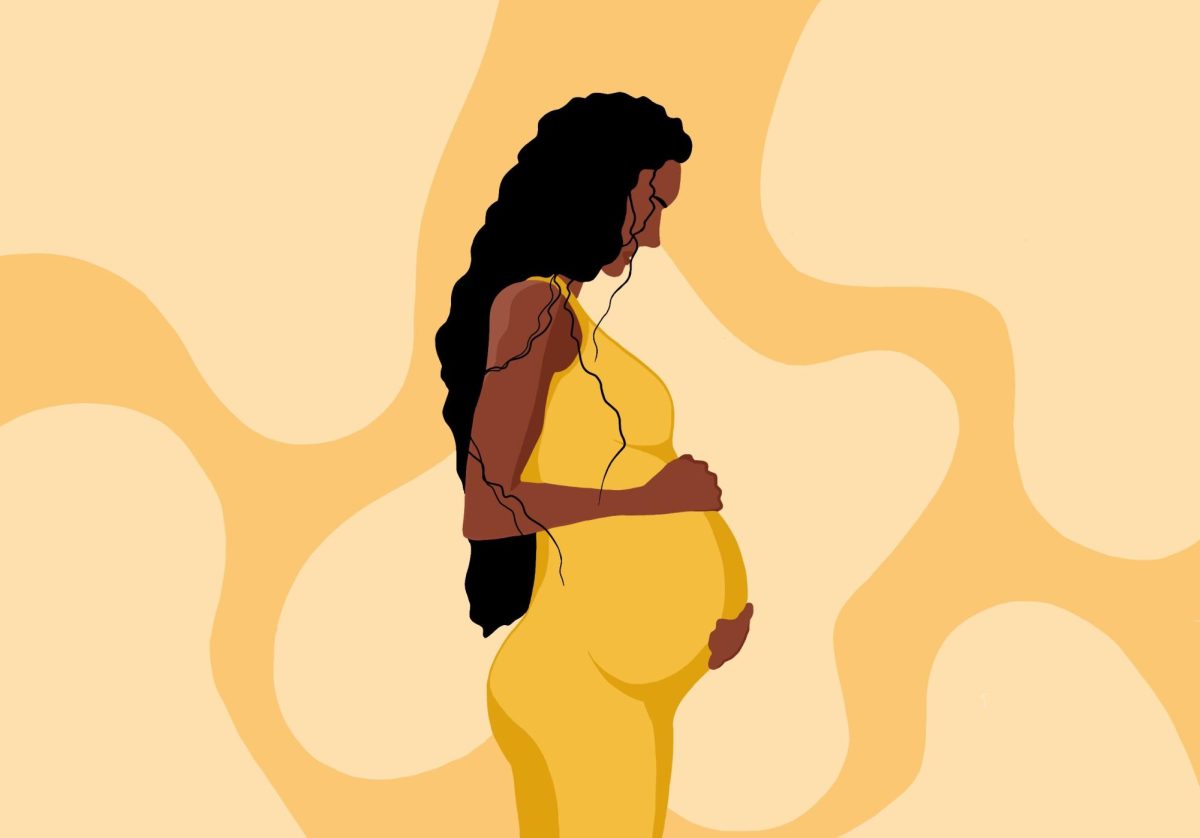The University of Minnesota’s Bias Response Referral Network compiled reported bias incidents, showing a continued presence of graffiti, vandalism and flyers in reported incidents.
As indicated by three annual reports by the BRRN, graffiti and vandalism along with flyers and posters have emerged among the leading methods involved in reported incidents at the University. The latest report released last month cites incidents including the defacing and removal of Black Lives Matter posters in Coffman Union, the distribution of anti-Semitic flyers and homophobic vandalism.
Bias incidents are acts of “bigotry, harassment, or intimidation” instigated in some way by a person’s identity, such as factors like race, gender or sexuality, according to the BRRN’s website. “Bias often stems from fear, misunderstanding, hatred, or stereotypes and may be intentional or unintentional,” according to the website.
Based on the most recent BRRN report, which includes bias incidents reported to the BRRN between May 2018 and June 2019, 22 of the reported incidents were carried out using graffiti and vandalism. Twenty-two reported incidents took place in person and 18 in classrooms. The majority of reported incidents targeted sexuality, race or gender.

While a May incident involving flyers that targeted three student groups sparked discussions with University Police Department about additional safety measures, some students said they were underwhelmed by the University’s response.
“As a Muslim woman of color, your identity is always in some way, shape or form under attack. But what was kind of disheartening, but not shocking, was the University’s response doesn’t really exist,” said Ruwayda Mohamed, former president of the Muslim Students Association, a group which has been targeted several times by vandalism and flyers. “They’ll send out an email. They’ll maybe say they disagree with this, but that’s all the action that there really is.”
The BRRN, which specializes in tracking incidents on and around campus and providing resources and referrals for students, notifies UMPD about all bias incidents which are then reviewed by a bias investigator, said Laura Knudson, assistant vice provost for student advocacy and support.
Although UMPD logs these incidents for review, there is little action that can be taken unless a message is deemed threatening, UMPD Chief Matt Clark said. “Though you may disagree with it, we’re not gonna infringe on people’s constitutional right to say things,” Clark said.
According to a survey conducted by the Fund for Leadership, Equity, Access and Diversity, 77 percent of professionals who work in university diversity or student affairs offices said one uncivil, hate and bias incident had occurred on a college campus within the last two years.
While graffiti and vandalism is reported to Facilities Management for removal because it is not permitted on campus, the case is different with flyers and posters, Knudson said. Flyers deemed non-threatening cannot be removed unless they are in violation with University’s policy, which guides the dissemination of information through publications, banners and chalking.
“We’re all committed to upholding free speech but also recognizing that free speech can hurt, and it can have a really negative impact,” Knudson said.
Acknowledging the impact of bias incidents and supporting those affected is important, Knudson said. The University promotes a welcoming and respectful campus climate, she added.
“Flyers that have hateful, hurtful expressions are not upholding our University values,” Knudson said.
However, the University’s lack of action in these situations can be frustrating, Mohamed said. “They told us [an investigation] was happening, but there was no update — there was no following through.”
Going forward, Knudsen said the BRRN has plans to create a free speech website to provide information to community members about what speech is allowed under the First Amendment.








